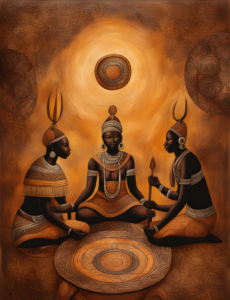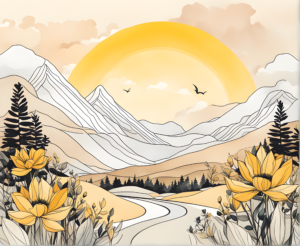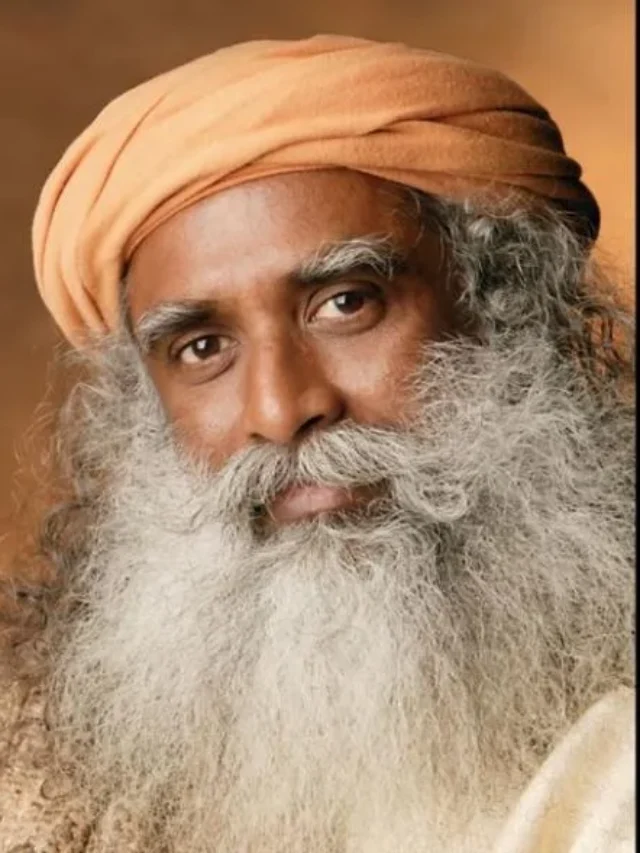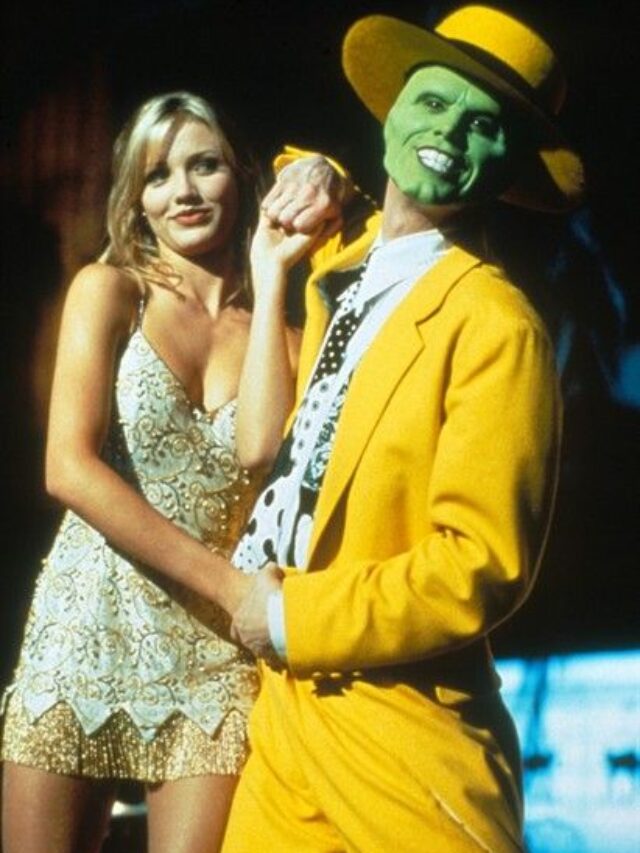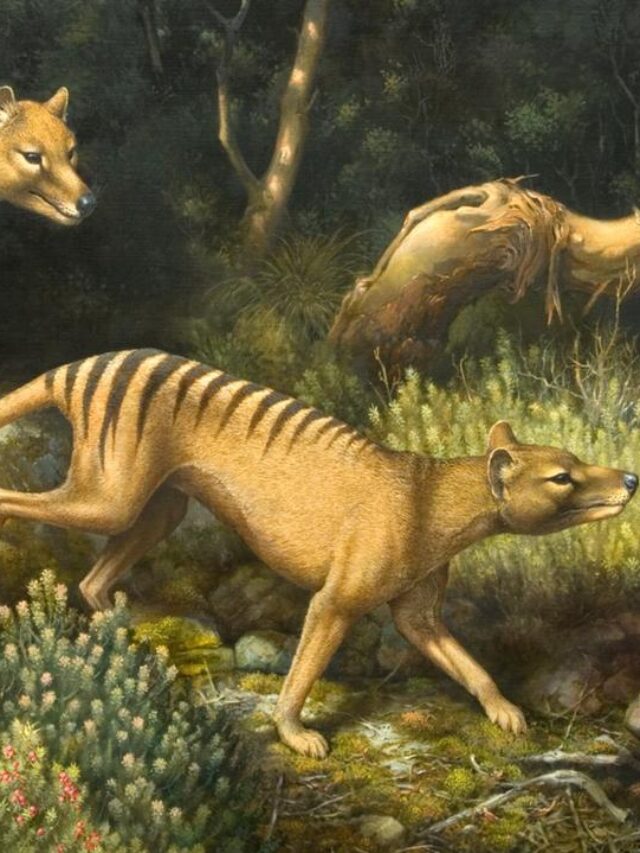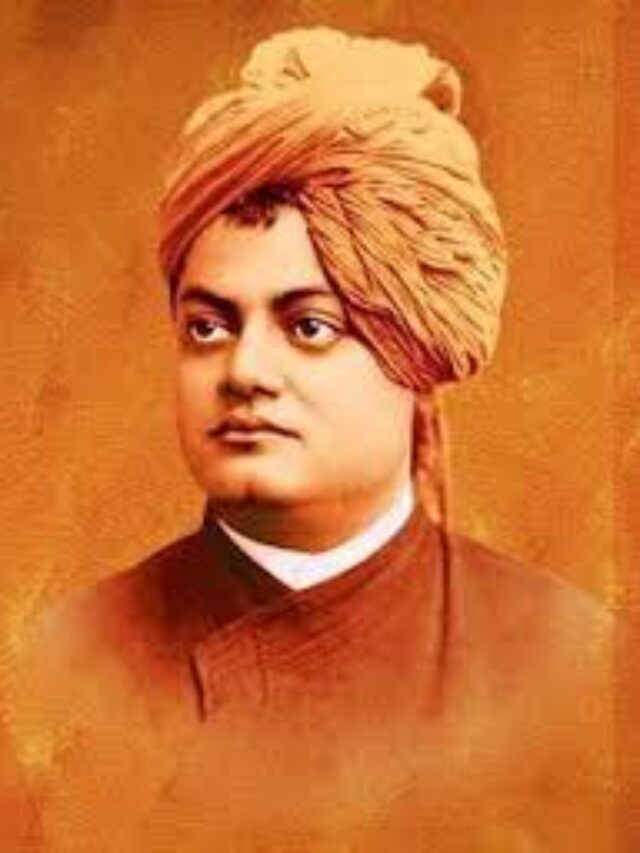Although as a young student he had briefly learnt drawing under Harinarayan Bose, he started painting rather late, at the age of thirty-nine, mainly as a leisure activity.
A period when in art as in politics and the socio-economic sphere, there were efforts to discover a national identity.
In this period, Shantiniketan became the centre of the so-called revivalist style (or the Bengal School) under the leadership of Abanindranath and Nandalal Bose.
But it was Gaganendranath who, for the first time, made serious attempts to come to terms with modern European art while simultaneously striving for a personal style.
He depended on his visual perceptions, and not on any narrative or allegorical content. His images are neither abstract nor archaic, but are intensely real, quivering with vitality.
He used form as a vehicle for communicating his emotions. He was also influenced by the Japanese painter, Kakuzo Okakura, as is reflected in his early work (regional landscapes and Himalayan studies).
Later he attempted to refine his work by experimenting with backgrounds in gold for his black and white sketches, somewhat after Ogata Korin (e.g. The Elephant Procession). These experiments, however, were not of much consequence, artistically.
The spectral patterns of geometrical formulations possess a quaint, ethereal iridescence in intersecting, overlapping planes, in the original patterns of light and shadows resulting from window and door openings, and other architectural features.
He was essentially a nonconformist. Despite his family’s close association with the revivalist movement, he kept out of it.
He remained a free painter, with no fetish of any kind, oriental or occidental. To understand his art one has to recognise the uniqueness of his personality.
For, his art was intensely subjective, guided by deliberate intellection and surcharged with a strong emotional impulse.
According to Nirode Chowdhury, Gaganendranath’s inspiration was psychological rather than artistic. He was more concerned with the emotional and ideological significance of things than the attributes of form and structure.
They consciously broke away from School—bound traditions and conventions worked out individual styles and gave a new direction to the art movement in India.
Books:
1. Dadaism 2. Fauvism 3. Synthetic Cubism 4. What is Art 5. Minimalism 6. Philosophy of Art 7. Banksy’s painting 8. Graffiti 9. Facts about Paul Gauguin 10. Beginning of civilization 11.Famous Quotes by Pablo Picasso 12. Leonardo da Vinci quotes 13.George Keyt 14. Gulam Mohammad Sheikh 15. female influential Artist 16. Why did Van Gogh cut off his ear 17. The Starry Night 1889 18. most expensive paintings 19. The Stone Breakers 20. Vocabulary of Visual Art 21. Contemporary art 22. What is Digital Art 23. Art of Indus Valley Civilization 24. Essential tools and materials for painting 25. Indus Valley 26. PostImpressionism 27. Mesopotamian civilizations28. Greek architecture 29. Landscape Artists 30. THE LAST SUPPER 31. Impressionism 32. Prehistoric Rock Art of Africa 33. Hand Painted Wine Glasses 34. George Keyt
1.Proto- Renaissance: History and characteristics 2. HighRenaissance 3. KineticArt 4. Purism 5. Orphism 6. Futurism 7. Impressionism: A Revolutionary Art Movement 8. Post Impressionism 9 Fauvism | Influence on Fauvism 10. Cubism | Cezannian Cubism | Analytical Cubism | Synthetic Cubism 11. Romanticism 12. Rococo: Art, Architecture, and Sculpture 13. Baroque art and architecture 14. Mannerism 15. Dadaism: Meaning, Definition, History, and artists 16. Realism: Art and Literature 17. DADAISM OUTSIDE ZURICH 18. BAPTISM OF SURREALISM 19. OPART 20. MINIMALISM


